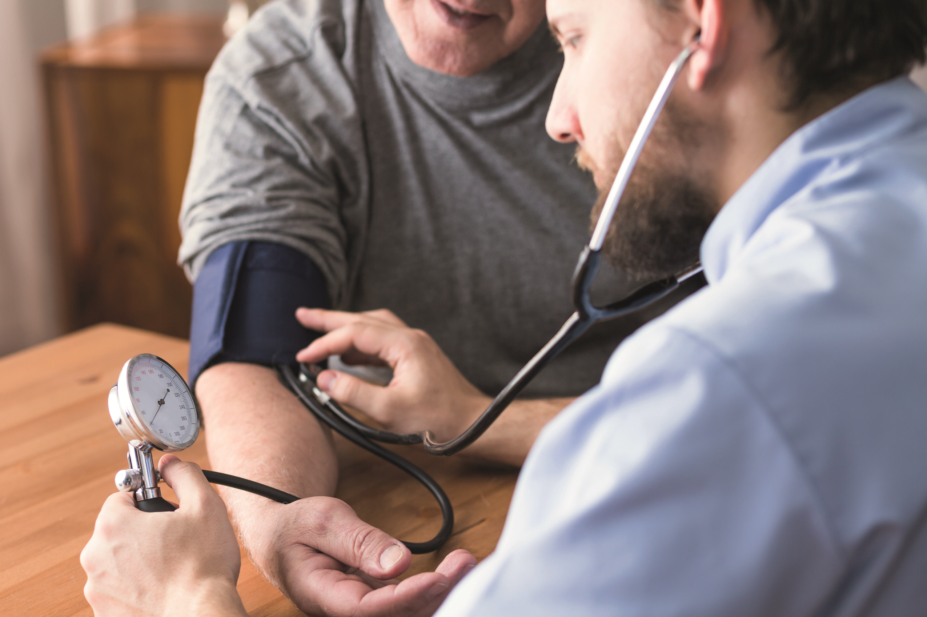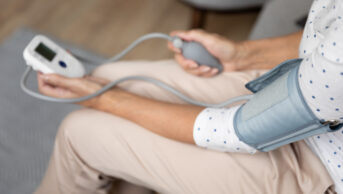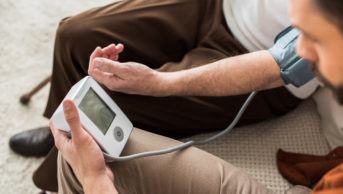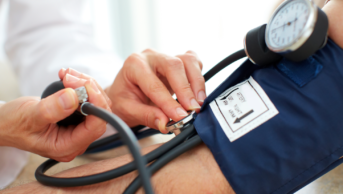
Shutterstock.com
Over 95% of patients with hypertension could be followed up by pharmacists without the need for them to be referred to their GP, according to results from a cross-sectional study of patients with hypertension presenting to community pharmacy[1]
.
Researchers, who aimed to identify factors associated with referral of patients from pharmacies to general practice within the first two weeks of starting a new antihypertensive medication, obtained data from the New Medicine Service between 2011 and 2012.
Their analysis was conducted on 131,419 patients according to 15 predictors grouped into three categories — patient-reported factors, demographic factors and medication-related factors.
The team found that just 4.5% of patients were referred by a pharmacist to a GP within the first two weeks of starting a new antihypertensive medication, such as an angiotensin converting enzyme-inhibitor or angiotensin-II receptor blocker. Patients with side effects were the most likely to be referred and other patient-reported factors, such as expressing negative feelings towards the drug and reporting uncertainty regarding the efficacy of the new medication, were also significantly associated with referral.
In contrast, patients who were provided with more information about their new medication from the pharmacist, as well as those who used the medications as prescribed, were less likely to be referred to their GP.
Prescriptions for alpha-blockers were associated with more referrals, whereas patients receiving angiotensin-II receptor blockers were less likely to be referred. No other drug classes with associated with referral.
According to the researchers, hypertension-related appointments currently make up almost 1 in 10 of all GP consultations each year. They said the findings were “reassuring” as they showed that additional pharmacist involvement did not increase medical workload.
“The impact on clinical workload of additional pharmacy services is worthy of consideration,” they said.
“With the incidence of new hypertension cases at 8 people per 1,000, a 4% referral rate would mean that of the 52 new hypertension cases per practice per year, only 2 would need to be seen again by their GP within two weeks of medication initiation.”
They added that future research should aim to analyse clinical notes made by pharmacists following consultations with patients with hypertension, making clear the specific advice or recommendations pharmacists are providing.
References
[1] Albasri A, Prinjha S, McManus R et al. Hypertension referrals from community pharmacy to general practice: multivariate logistic regression analysis of 131,419 patients. Br J Gen Prac 2018; 68(673):e541-e550. doi: 10.3399/bjgp18X697925


